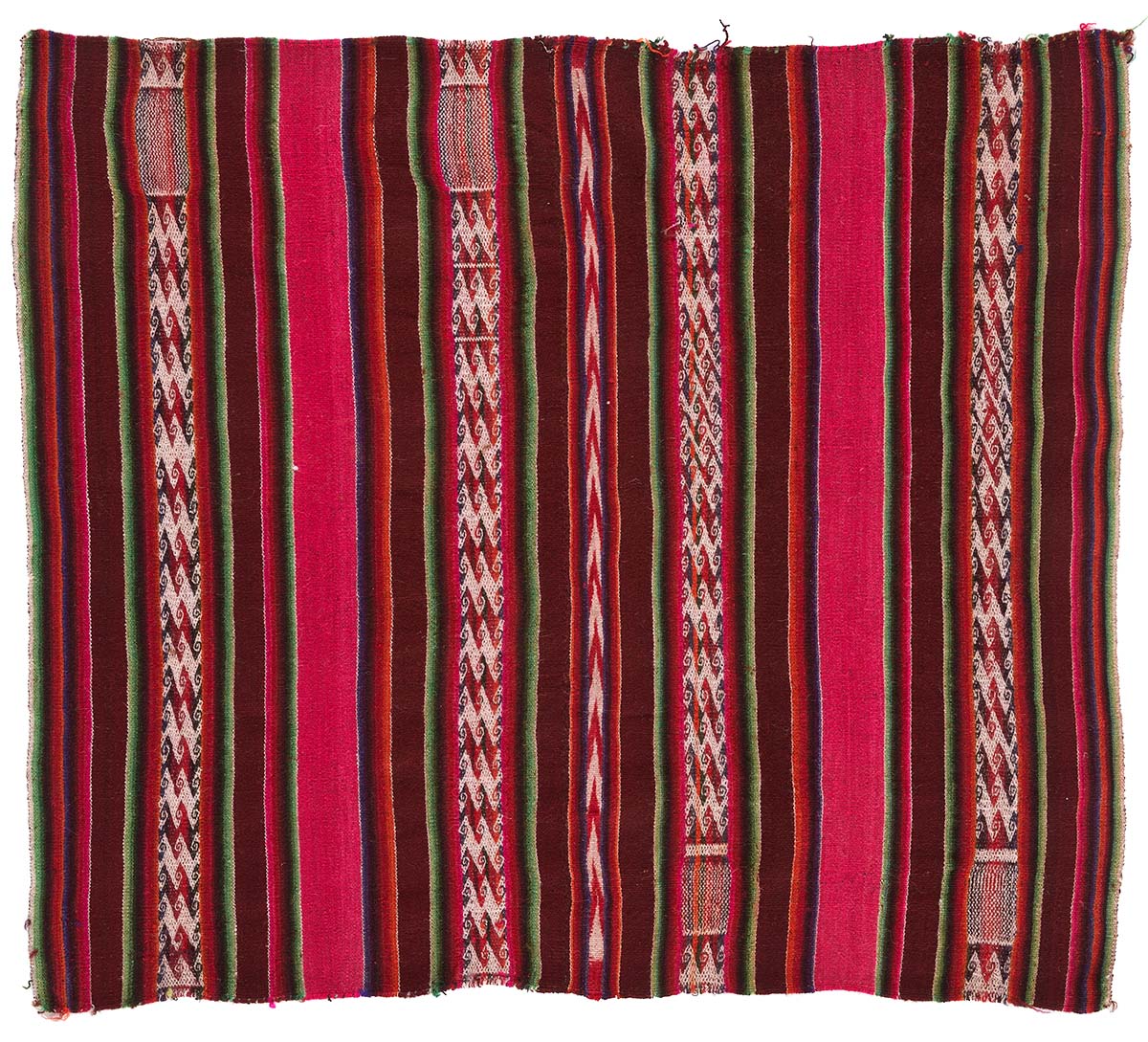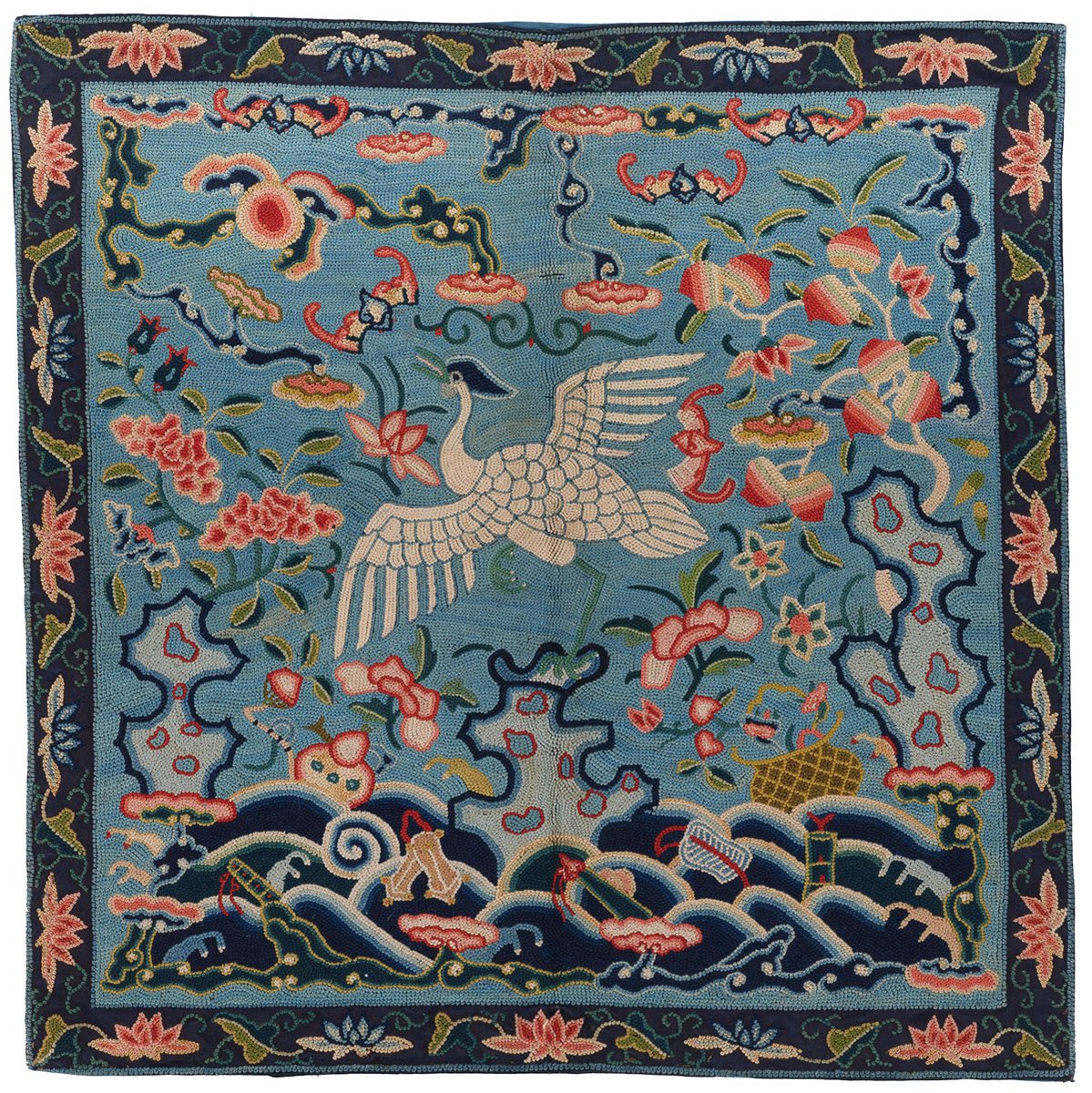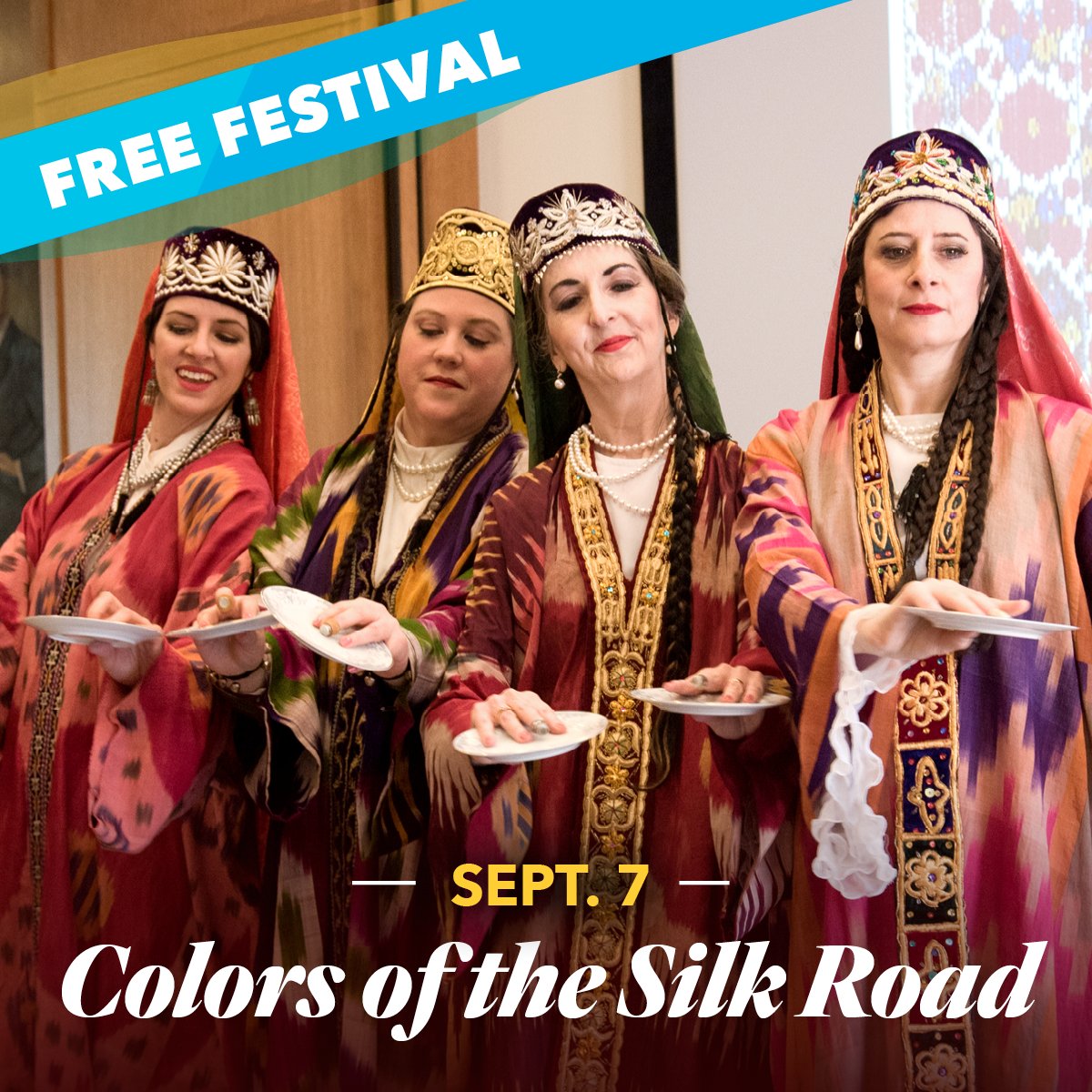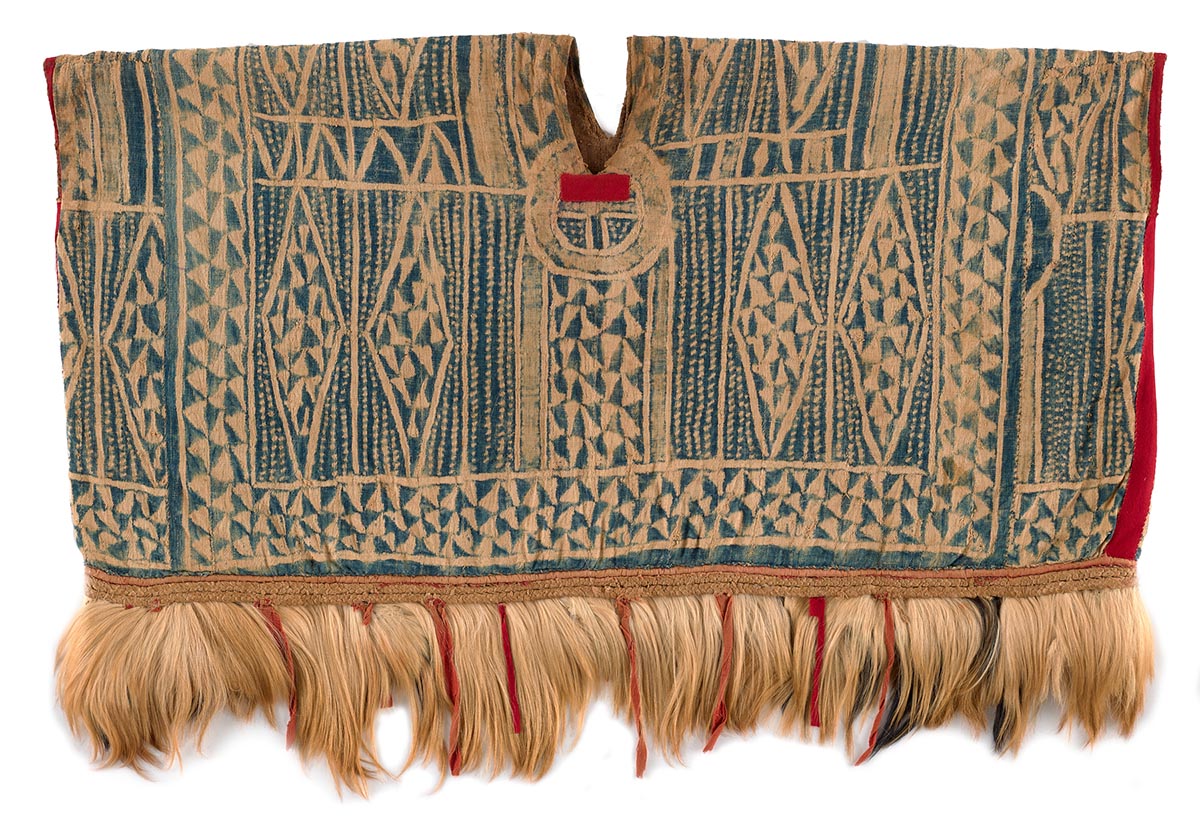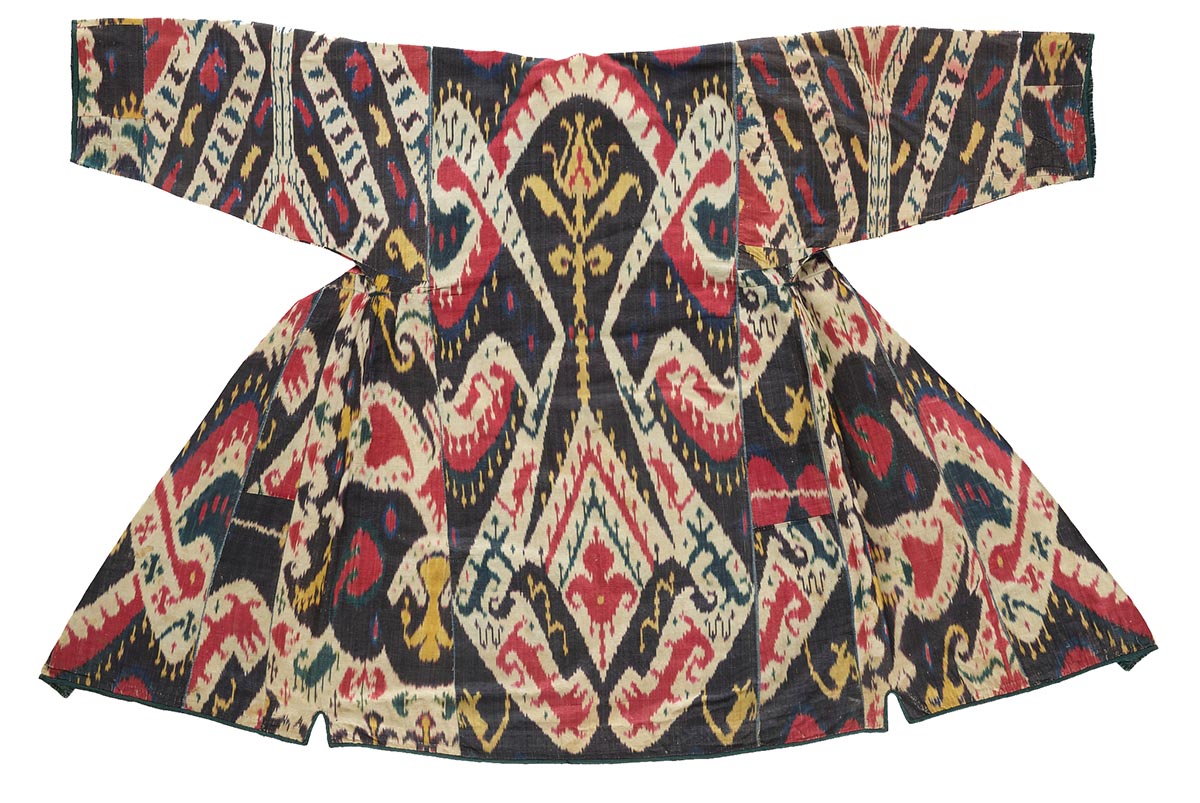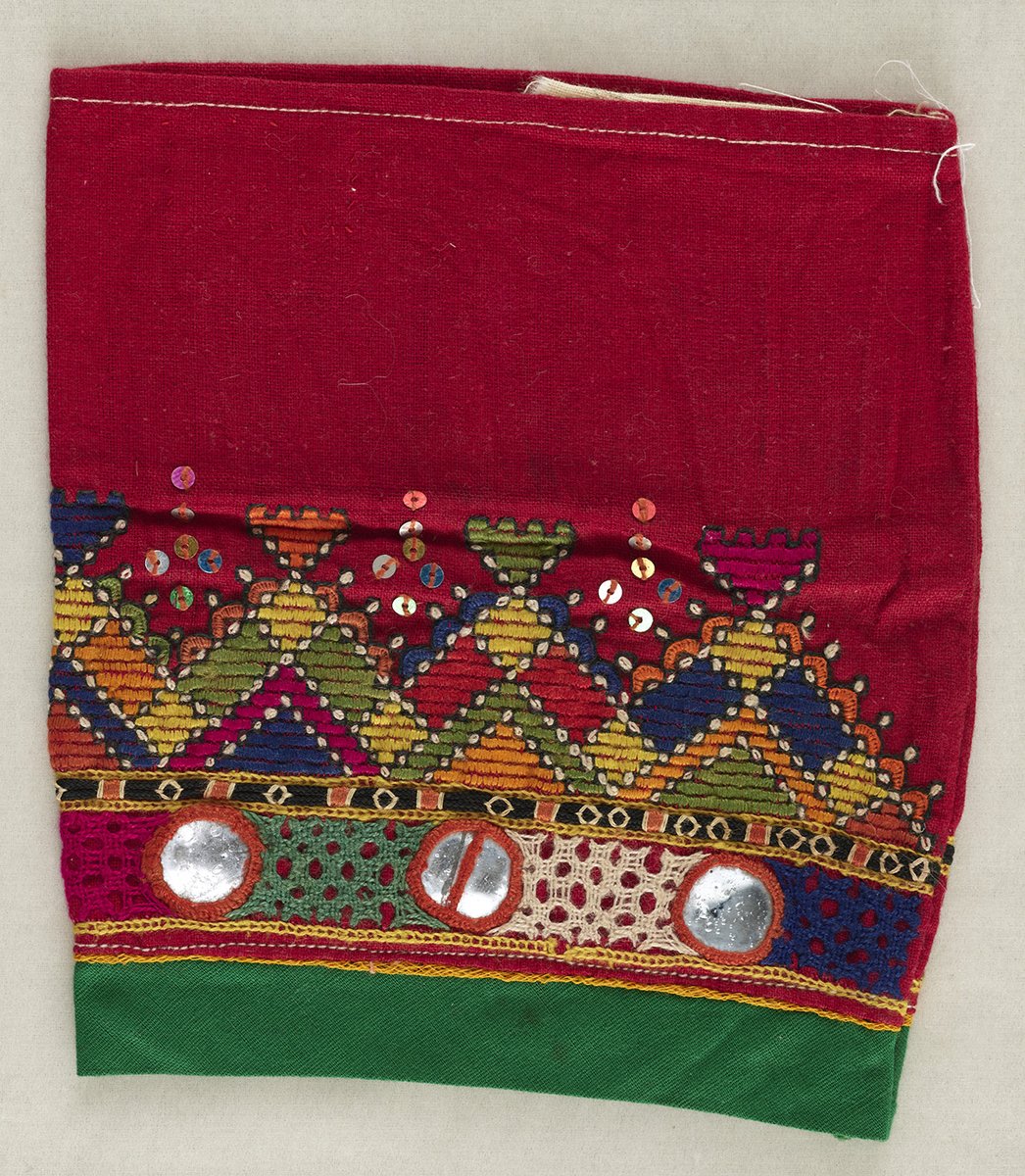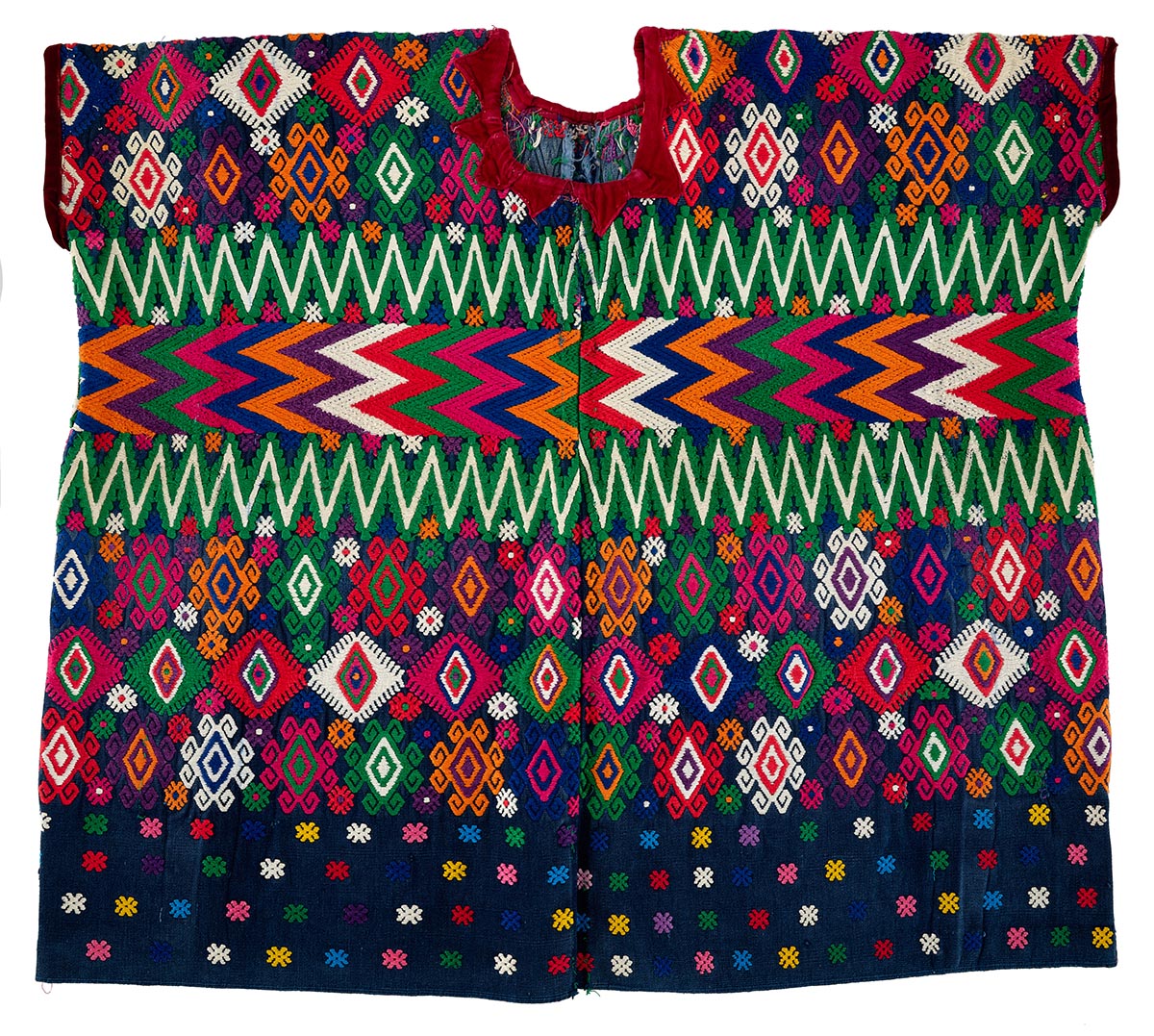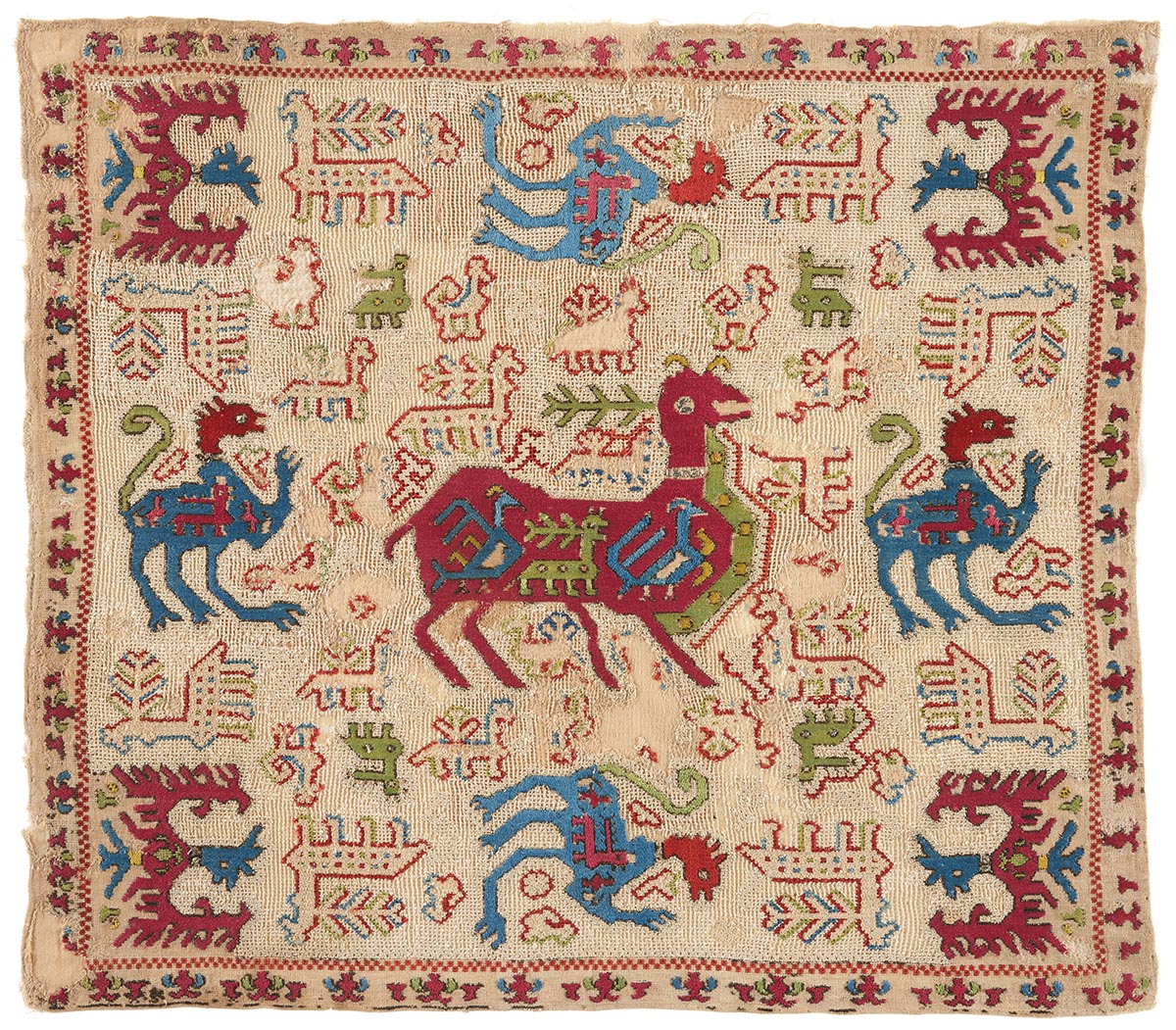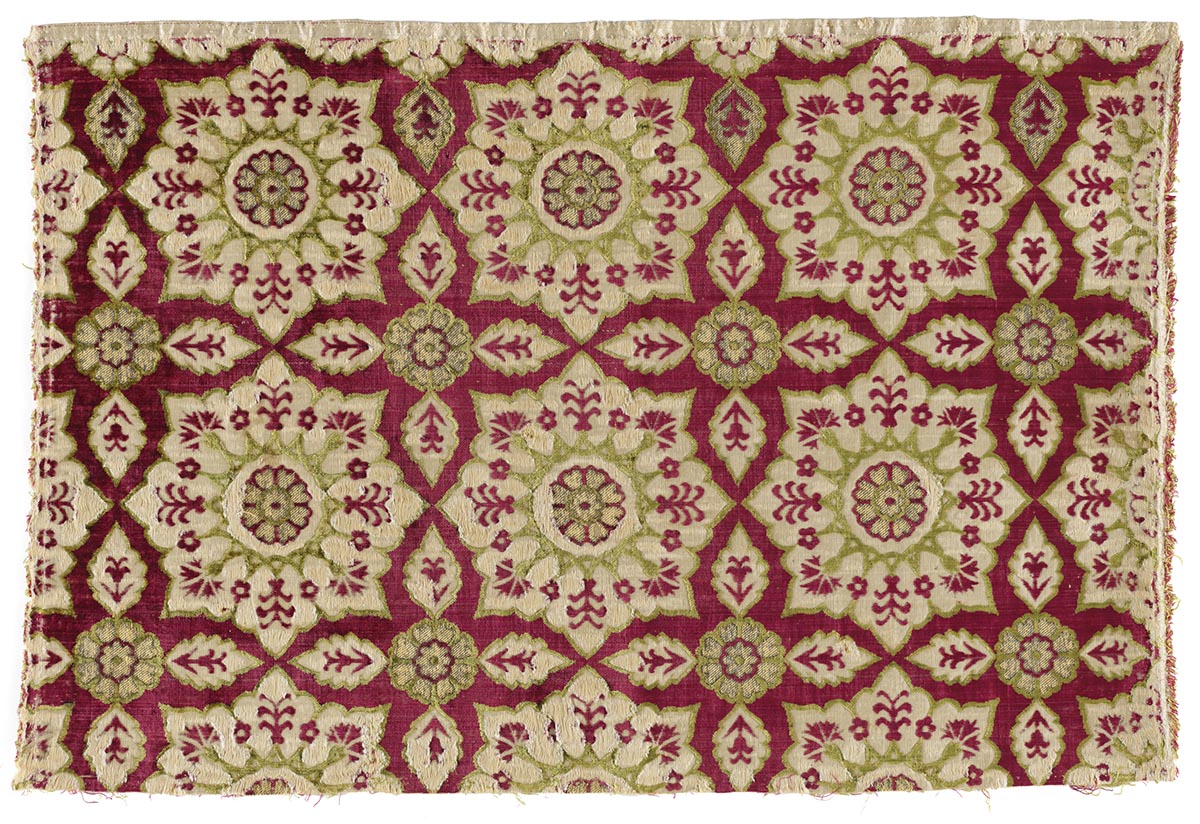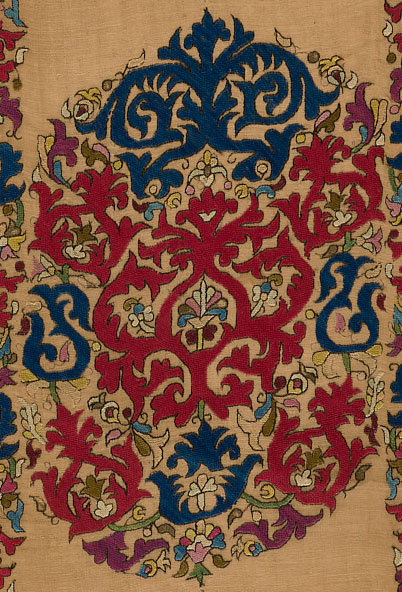
GW Museum and Textile Museum
@gwtextilemuseum
The George Washington University Museum and The Textile Museum celebrates the creative achievements of local and global cultures from antiquity through today.
ID: 32095796
http://museum.gwu.edu 16-04-2009 18:57:26
4,4K Tweet
15,15K Followers
673 Following




















Thank you for following along with us on X as we've shared stories and artworks from Washington and the world. We are retiring this account, but you can still follow us on Instagram (Gladewater Museum), Facebook and TikTok (@gwtextilemuseum). We hope to see you there!

